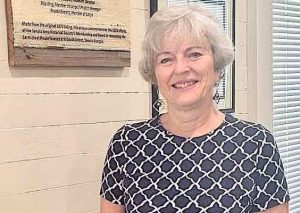The U.S. Census Bureau earlier this week released its update population estimates for July 2009. Those estimates show Coweta County with a population of 127,111, indicating a growth rate of 42.5 percent since 2000.
Way back in 2000 Coweta’s population was a mere 89,215. But like metro Atlanta and Georgia, Coweta County grew. That growth, both in population, business and industry, was spurred on by variables such as the county’s proximity to Atlanta and Hartsfield Airport, its positioning along the I-85 corridor, the growth of the Newnan area and the lure of the rural charm that is still evident.
A demographic breakdown based on the latest 2008 estimates showed 28 percent of the county’s population under age 18 and 9.3 percent age 65 and older. The data showed the county a white population estimated at 74.5 percent, along with a black population at 17.6 percent and a Hispanic or Latino population at 5.8 percent.
Other data showed 81.6 percent of the population as high school graduates and 20.6 percent with a bachelor’s degree or higher.
The 2008 figures showed 47,297 housing units and a median household income of $61,199. And the data for 2008 showed 9.6 percent of the population below the poverty level.
The Census Bureau noted that the new estimates are not 2010 Census population counts. They are, however, the last such estimates to use 2000 Census results as a base.
The estimates are based on 2000 Census data and updated by using administrative records to estimate components of population change such as births, deaths, and domestic and international migration, according to the Census Bureau.
In December, the Census Bureau will release the official population counts for the nation and states. The 2010 Census state population totals will be used to apportion seats in the U.S. House of Representatives.
By April 1, 2011, the Census Bureau must release race and Hispanic origin counts for counties, cities and smaller geographic areas so that states can proceed with redistricting.
“Census numbers govern the distribution of more than $400 billion in federal funds each year and serve as the baseline for future post-census population estimates,” Census Bureau Director Robert Groves said. “The census provides a clear and detailed picture of our communities, including their changing demographic characteristics.”











Leave a Comment
You must be logged in to post a comment.